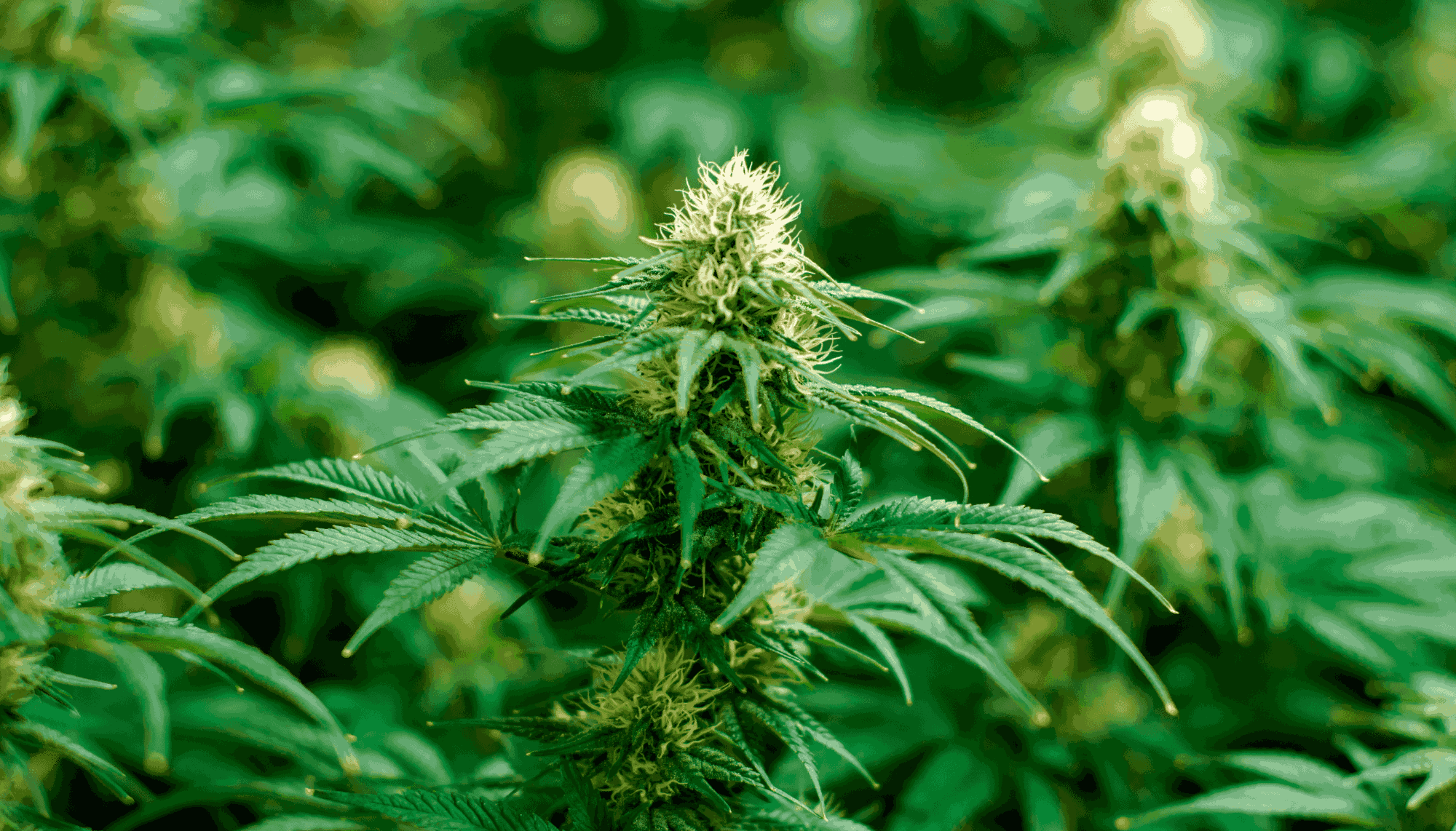Marijuana is a mixture of dried green flowers obtained from cannabis sativa. It is mainly used for smoking, medicinal, and brewing purposes. A seamless cannabis topping process is necessary for a significant yield. But the main question is how and when to top weed plants. Standard growth guidelines exist for a safe and effective topping.
This blog deals with how and when to top marijuana or weed plants. Stay with us to get insights for efficient plant growth.
Factors to Consider Before Topping Marijuana
Before topping, one should consider various factors to grow cannabis. These things matter a lot in making a healthier and stronger cannabis that will bear the stress of topping easily.
Cannabis growth, like that of other plants, depends on proper sunlight, watering, and soil compatibility. Some of the factors considered before topping marijuana include its health, nodes of marijuana, phases of growth, and height.
Plant’s Health
A plant’s physical appearance clearly represents its health. If it looks healthier, consider the second step. But if not, then work on providing proper sunlight, water, and soil. These things are necessary to take maximum advantage of any plant.
Number of Nodes
The presence of a certain number of nodes is another way to predict whether the plant is ready for topping or not. The best practice is to cut the marijuana with at least five nodes. The more nodes the plant has, the more chances there are of its growth without stress.
Phase of Plant
Count the week and check which phase the plant is in. According to experts, topping in the vegetative stage is preferable. In the first 2-3 weeks, cannabis goes through the seeding stage. At that time, topping will cause more harm to the plant than benefit.
Height of Plant
Height plays a valued role in deciding to top cannabis. The recommended height of cannabis is 5 Inches. The smaller the height, the easier plants can reproduce or grow.
 Why and When to Top Weed Plants?
Why and When to Top Weed Plants?
First off, cannabis grows exceptionally tall. Lack of space and discretion is the primary reason to top weed plants. Secondly, topping maximizes yield. Bigger yields tempt a lot of people to enhance yield via topping.
Topping at the right time will benefit the plant in many ways. If done before and after, this process is stressful for the weed and ultimately hinders its growth.
Generally, topping and trimming is a stressful process for a plant. The weed plant is ready for topping when it is 30 days old and has developed 4-5 nodes.
Topping should be done 1-3 times in a vegetative cycle before the plant moves into the blooming phase. Topping within the flowering cycle impedes lateral bud growth with several unintended effects.
Topping Vs. Fimming
These techniques often need clarification; both are used to top off the upper part of the plant.
Topping removes the top of the plant above the leaf node to promote its growth. This process encourages lateral bud growth and prevents plants from growing taller.
However, fimming simply cuts the new growths topically from the plant. The term “FIM” originates from the phrase “f**k, I missed,” as it is believed that the first person who was trying this technique made a mistake while cutting the plant.
Topping results in two extra stems. Later on, these two apex stems produce dense flowers. Meanwhile, fimming generates eight new branches that need proper care for optimal growth.
Except for 1-2 indoor plants, fimming doesn’t suit plants as it removes 75% of the plant top. Even after fimming, the vertical growth of weed wouldn’t be controlled as with topping. Topping is best for the plants to maximize yield and control vertical growth.
How to Top Marijuana Plant?
Now you almost understand which things are important and when to top cannabis. Execution of both steps results in proper growth and production of cannabis. Ignoring any of them will end up ruining the cannabis.
Pick the Right Tool
Taking the right tools is the most crucial part. Let’s say you go to the doctor for an operation, and the doctor starts operating with old and rusty tools. It will not heal you but increase the pain.
The same concept goes for plants. Cutting plants with old, rusty, and incompatible tools will destroy the growth of cannabis. Use sharp and quality scissors to cut the plant in one action.
Select the Nodes
Now, you are equipped with the right and clean tools. The next step is to select the node for cutting. Cut the plant above the 5th node, which should be healthy enough to bear the stress. It will reduce the chances of harm.
Cut the Stem
Cut the stem after selecting the node. Topping demands the removal of new bud growth all the way from the stem. Once it gets topped, two new branches sprout out. Fimming is another risky technique to cut topical plant parts. It differs from topping by creating eight fresh sprouts after cutting.
Monitor the Weed
Once you cut the top, monitor the growth of cannabis. Even after following all guidelines, there are minor chances that something unexpected will happen to your plant. Keep an eye on growth for at least ten days after topping Marijuana.
 Benefits of Topping
Benefits of Topping
There are three main benefits of topping the plants:
- Topping enhances bud growth on the main stem, leading to more yield.
- It promotes bushier growth, which is essential for even hormone distribution.
- As cannabis grows in shape like a Christmas tree, topping creates an even canopy, reduces shady issues, and improves light penetration.
How Much Weed Does One Plant Yield?
Outdoor Weed growth yields up to 1.5 to 2 kg, equivalent to 3.3 to 4.4 pounds. But the yield usually isn’t as impressive when it comes to indoor growing. On average, it is around 500 grams per square meter, equivalent to 1,708 pounds per square inch, but it can vary.
Wrap Up
The marijuana plant demands excessive care. To increase yield, you must know when to top weeds and which tools and methods to be used for topping. This blog is your go-to guide to planting weeds both indoors and outdoors.







